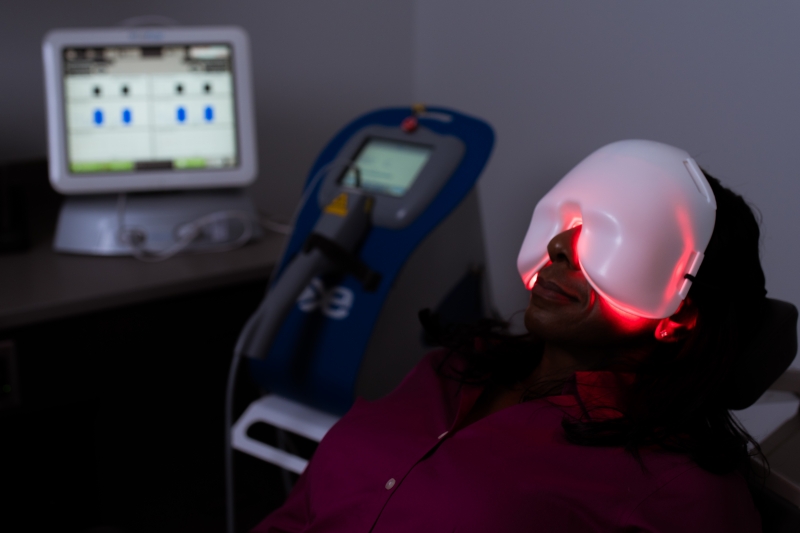
Find relief from dry, itchy, irritated eyes.
Dry eyes affect millions of people in the United States. It is estimated that as many as 4.88 million Americans over the age of 50 suffer from this uncomfortable condition.
Let us help you find a treatment option that brings you the relief you’re searching for.
What are the common symptoms of dry eye?
Everyone experiences dry eye differently because there are so many potential underlying causes.
Typical symptoms include:
- Redness or eyes that appear irritated and bloodshot
- Consistent burning or tingling sensations in the eyes
- Eyes that feel itchy or as if they have something in them
- Increased sensitivity to bright lights or sunlight
- Excessive tearing, or eyes that always appear watery
- Uncomfortable contact lens wear
- Blurred vision or variable vision
What causes dry eyes?
Most dry eye complaints are due to a combination of issues. In some cases, the cause is obvious, such as environmental irritants or short-term inflammation.
Some of the other causes of chronic dry eye problems include:
- Damaged meibomian glands; the glands that make the oily layer of the tears, causing an unstable tear layer.
- Blepharitis – overgrowth of bacteria on the eyelids, irritating the lids and causing a toxic response in the eye.
- Allergies
- Incomplete closure of the eyelids while blinking or sleeping
- Common medications for anxiety/depression, allergies, and HRT
- Common systemic conditions – allergies, menopause, auto-immune conditions
- Low tear production
- Modern digital life and screen time
- Living in Colorado – high altitude and low humidity
The underlying causes vary, therefore treatment methods after diagnosis will also vary according to the patient. It is also not uncommon for there to be more than one cause for dry eye.
Why is it important to treat dry eyes?
Dry eye sounds like a simple problem but it can affect every every aspect of your life. It is a long-term chronic condition. If all we do is use an artificial tear to relieve symptoms, it is likely to worsen with time. Early intervention is key to ensuring your daily life is not negatively impacted.
How is dry eye diagnosed and treated?
With thorough imaging of the blink, tear film, meibomian glands, use of dyes, discussing daily activities and close observation of the eye, we can diagnose and provide a treatment plan for the condition.
Some of the typical home treatments include:
- OTC tears and ointments
- Warm compresses
- Supplementing with anti-inflammatory nutrients found in fish oil
- Cleaning eye lids
At Mountain View Vision we have a wide array of in-office treatments to treat all the causes of dry eye quickly and effectively:
- Lipiflow
- Intense Pulse Laser (IPL)
- Low Level Light therapy (LLLT)
- BlephEx: in-office treatment for blepharitis
- Prescription medications for inflammation
- Amniotic membranes to treat progressed disease
- Low dose tetracycline to treat rosacea
- Specialty contact lenses that protect the front surface of the eye
Find relief at Mountain View Vision today!
Schedule an appointment with us today!
